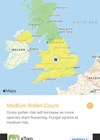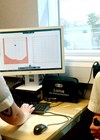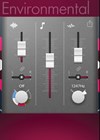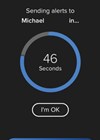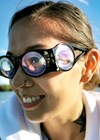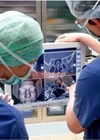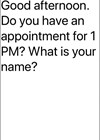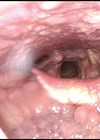
Tech Reviews
Pollen forecasting apps: don’t worry, bee happy!
Hay fever sufferers rejoice! Around a fifth of people in the UK self-report to having hay fever (allergic rhinitis). In the majority of cases, this is thought to be a sensitivity to grass pollen. Symptoms may present as nasal congestion,...
Luna tunes – the plug and play audiometer from Interacoustics
“The professional grade headset designed with screening in mind.” Interacoustics Luna – does it ‘eclipse’* the competition?* * (Although we are fans of moon-based puns, this is not to be confused with Interacoustics’ other stellar device, the Eclipse Evoked Potentials...
The ORL App: I challenge you to duel!
'Every day is a school day’ – an age-old saying that is as much a proverb as it is an instruction for allied health professionals. These days, it is hard to keep up with any sort of news - whether...
Tinnitus apps (revisited)
If you’ve experienced an uptick in the number of your patients complaining of tinnitus lately, you are not alone. In fact, there is some evidence that the social and emotional strain of the ongoing pandemic many exacerbate tinnitus for existing...
The future of fall detection
Falls are a major global health burden. According to the World Health Organization, they are the second leading cause of unintentional injury deaths worldwide, with adults older than 65 at the greatest risk of a fatal fall. For every death...
Boarding Glasses: could these unique spectacles be the answer to alleviating motion sickness?
Laurel Palmer is a Toronto-based Audiologist who also suffers from motion sickness. For Tech Reviews, she is testing out Boarding Glasses by Boarding Ring, on the road and at sea, to see if they can give her some relief. Motion...
PuroPro headphones review
The PuroPro is the latest product from Puro Sound Labs, a family-run business focusing on high quality, sound limiting headphones. For this family business, it’s personal. The company founder’s son has a noise-induced hearing loss attributed to headphone use. With...
Augmented reality – a quick overview of potential technology
Is that the optic nerve? Where is the carotid? Both questions you would prefer to know the answer to upfront. This article discusses if augmented reality can help us with surgical navigation around the skull base. Although endoscopic skull base...
Communication in the age of universal masking: speech-to-text apps to the rescue
The ongoing COVID-19 pandemic has touched nearly every aspect of our lives, including how we interact with patients. At this point, it is almost hard to remember a time when we didn’t have to wear masks during clinical encounters. Though...
Virtual chromoendoscopy (VCE)
‘That’s a funny looking lesion on the larynx, it’s probably benign, but I should take a biopsy.’ Liz Ross and Ajith George discuss whether virtual chromoendoscopy will change this thought process. What are the origins and ENT applications? Traditional chromoendoscopy...
SoundPrint: an app for finding quieter restaurants
"Is there any chance the music could be turned down a bit”, I asked our server politely on a rare evening out with my husband. We had spent the previous half-hour shouting at each other, only to have the other...
How loud is too loud? Smart ways to monitor noise exposure through your headphones
As an audiologist, an increasingly common concern patients have is noise exposure from their headphones and how it will impact their hearing over time. It’s a legitimate worry considering the average adult is streaming audio content on their mobile devices...

